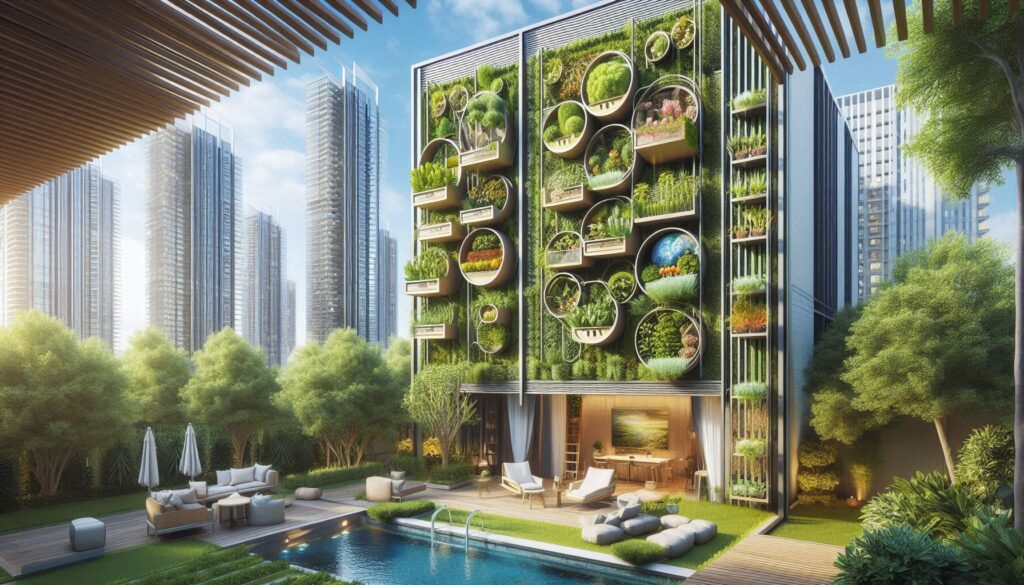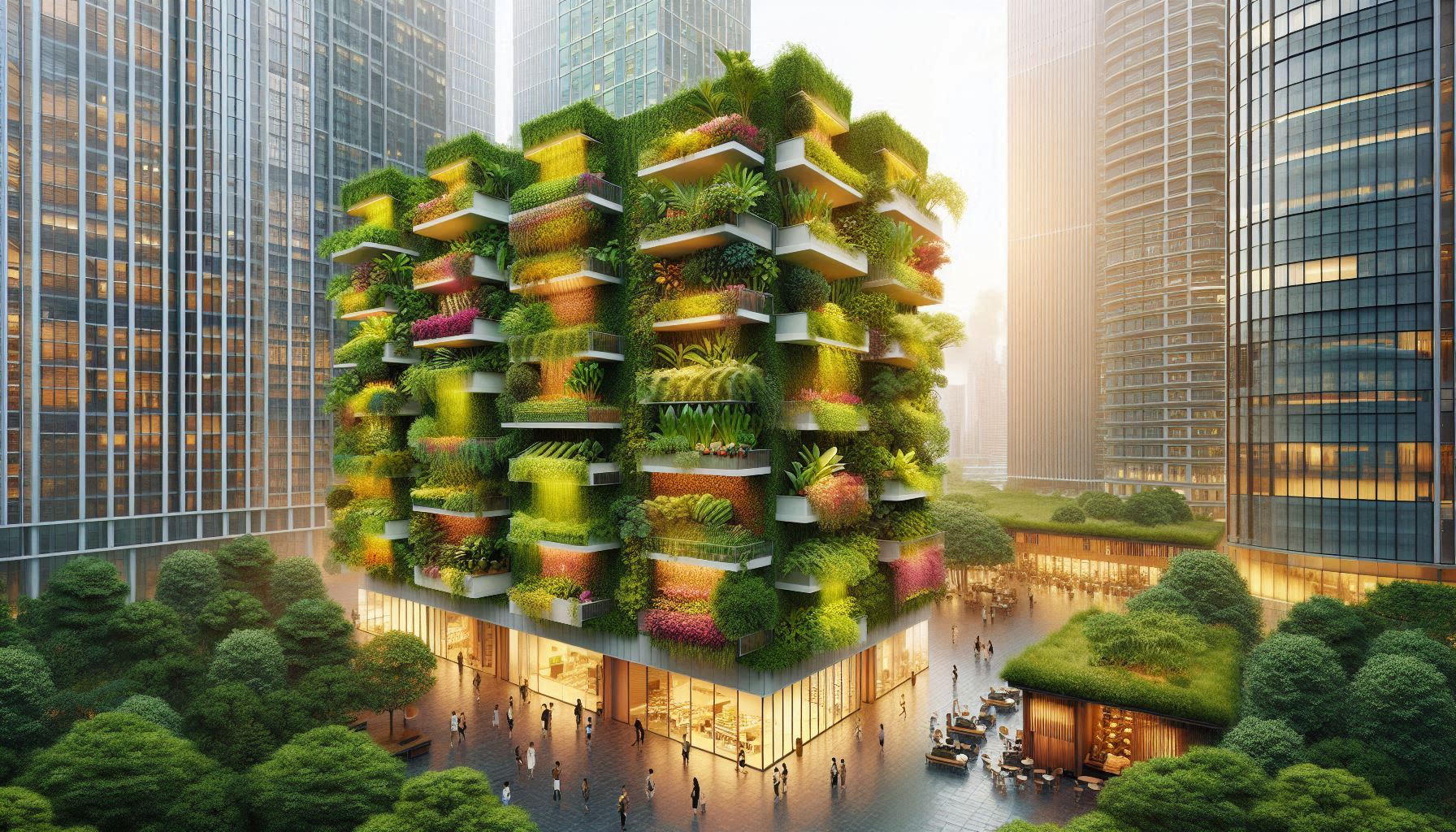With the rapid urbanization of our world, the need for innovative solutions to create sustainable, green spaces has become more pressing than ever. In this context, vertical gardening has emerged as a versatile and efficient way to bring nature into urban environments, providing a host of benefits that encompass sustainability, space optimization, and aesthetics. This article explores in detail the myriad advantages of vertical gardening and discusses how this practice can significantly enhance our cities and our lives.
Sustainability
One of the key benefits of vertical gardening is its contribution to sustainability. By utilizing vertical space for growing plants, we can maximize the use of limited urban land resources and reduce the environmental impact of traditional horizontal gardening practices. Vertical gardens have the potential to improve air quality, reduce urban heat island effect, mitigate stormwater runoff, and promote biodiversity in cities.
Vertical gardens act as natural air filters, absorbing pollutants and toxins from the air and releasing oxygen, thereby improving the overall air quality in urban areas. This is particularly important in densely populated cities where pollution levels can have detrimental effects on public health. Additionally, vertical gardens help to cool urban environments by providing shade and reducing the heat absorbed by buildings and paved surfaces, thus mitigating the urban heat island effect.

Moreover, vertical gardens can aid in managing stormwater runoff by capturing and storing rainwater, which reduces the strain on urban drainage systems and helps to prevent flooding. By incorporating a variety of plant species in vertical gardens, we can create habitats for insects, birds, and other wildlife, thereby increasing urban biodiversity and supporting local ecosystems.
Space Optimization
Vertical gardening offers a practical solution for maximizing green space in densely populated urban areas where land is limited. By growing plants vertically on walls, facades, rooftops, or structures, we can effectively utilize underutilized spaces and transform them into vibrant and productive landscapes. This not only enhances the visual appeal of urban environments but also provides numerous functional benefits.
Vertical gardens enable residents, businesses, and communities to cultivate their own fresh produce, herbs, and flowers in spaces where traditional gardens may not be feasible. This promotes local food production, reduces food miles, and encourages a connection to nature in urban settings. In addition, vertical gardens can be integrated into building design to provide insulation, reduce energy consumption, and improve indoor air quality.
Furthermore, vertical gardening allows for creative and flexible design possibilities, enabling individuals to personalize their outdoor or indoor spaces according to their preferences and needs. Whether it’s a lush green wall in a residential backyard, a vertical herb garden on a balcony, or a cascading plant installation in a public park, vertical gardens add a touch of beauty and serenity to urban landscapes while maximizing available space.
Aesthetics
In addition to their sustainability and space-saving benefits, vertical gardens also contribute to the aesthetics of urban environments, enhancing the overall beauty and visual appeal of cities. Vertical gardens are not only functional green spaces but also works of art that can transform drab walls, fences, or structures into living, breathing canvases that delight the senses and uplift the spirit.
The varied textures, colors, and shapes of plants in vertical gardens create a dynamic and ever-changing landscape that captures the attention of passersby and creates a sense of wonder and delight. Whether it’s a vertical garden showcasing a diverse array of flowering plants, a vertical vegetable garden bursting with produce, or a vertical succulent garden with a striking geometric pattern, these living artworks add vibrancy and vitality to urban spaces.
Moreover, the presence of greenery in urban environments has been shown to have a positive impact on mental health and well-being, reducing stress, anxiety, and depression. Vertical gardens provide urban dwellers with a connection to nature and a respite from the hustle and bustle of city life, creating tranquil oases that promote relaxation, contemplation, and rejuvenation.
In conclusion, vertical gardening offers a multitude of benefits that can transform our urban landscapes into sustainable, vibrant, and aesthetically pleasing environments. By harnessing the power of vertical space for growing plants, we can promote sustainability, optimize space usage, and enhance the beauty of our cities. Vertical gardens have the potential to improve air quality, reduce urban heat island effect, promote biodiversity, provide fresh produce, and create visual interest in urban settings.
As we continue to face the challenges of urbanization, climate change, and resource scarcity, vertical gardening emerges as a practical and innovative solution that addresses these pressing issues while fostering a deeper connection between humans and nature. By embracing vertical gardening and integrating it into our urban planning and design strategies, we can create a greener, healthier, and more livable future for all.

